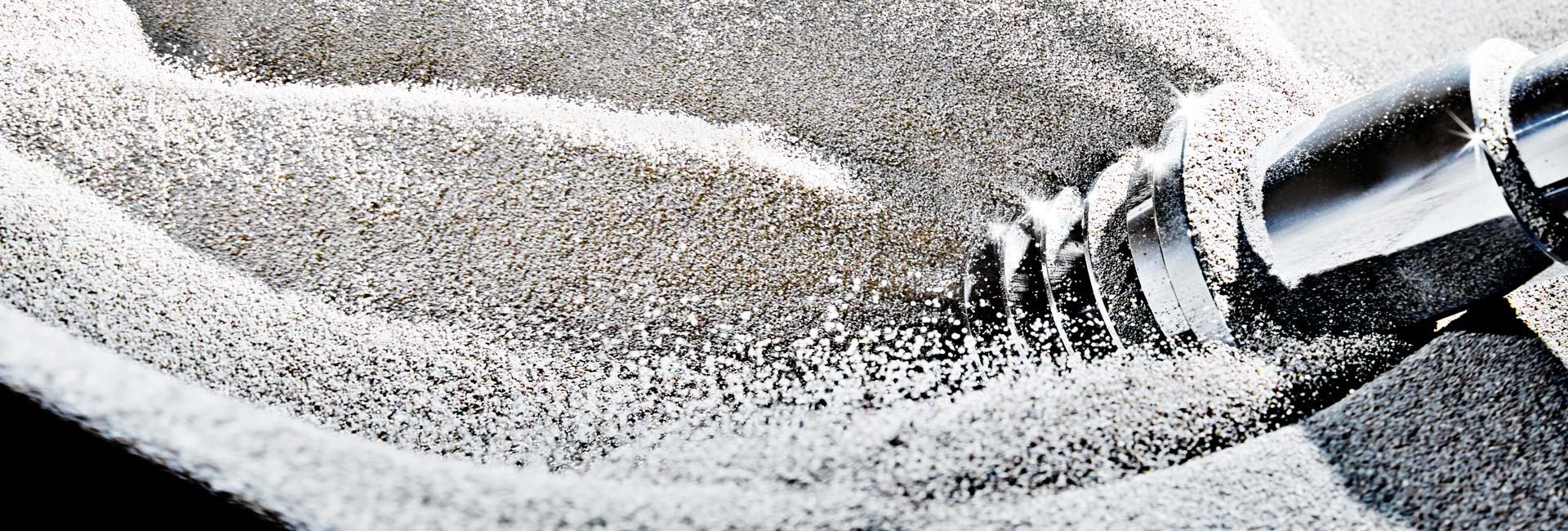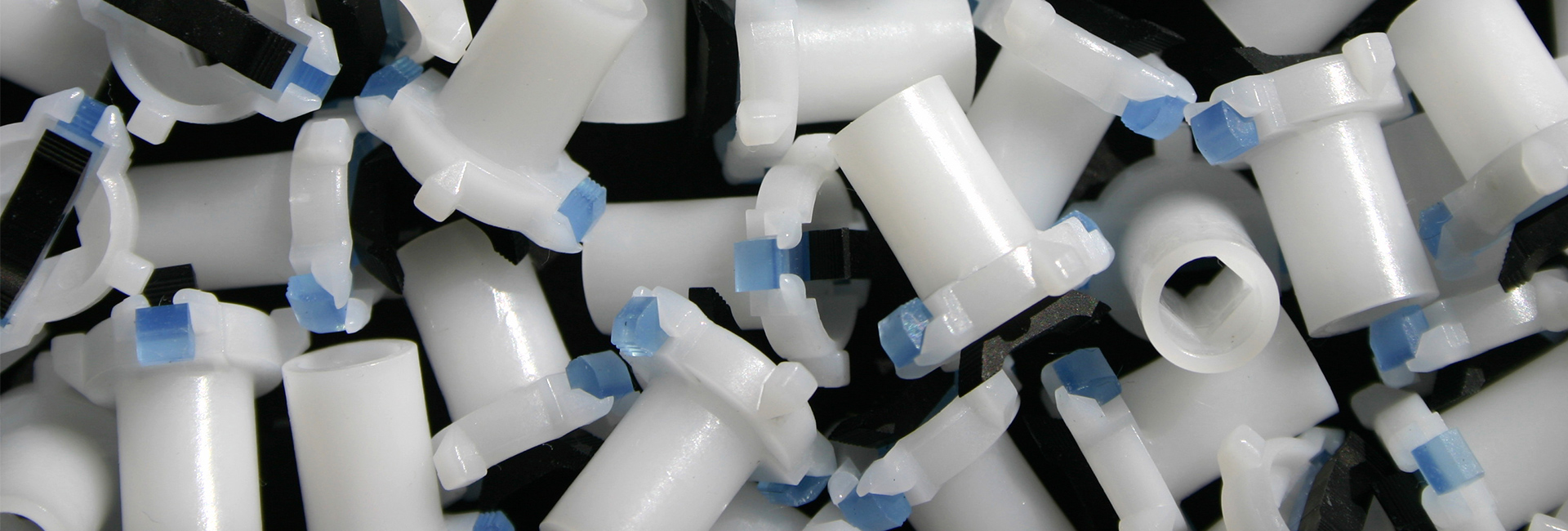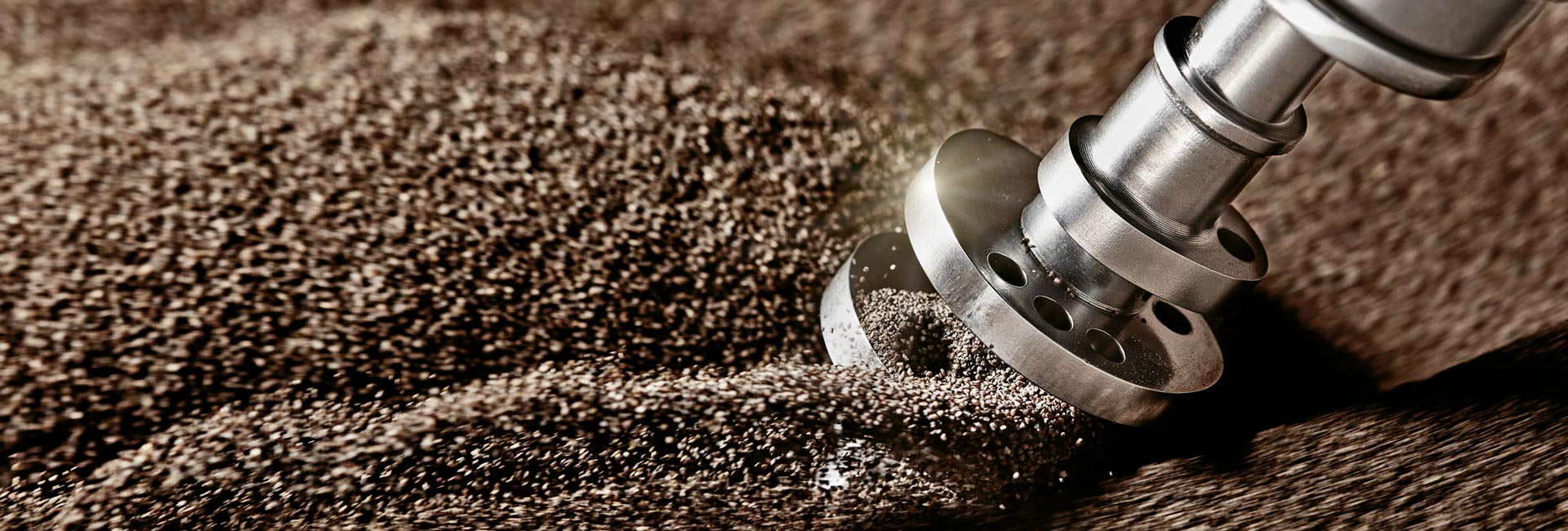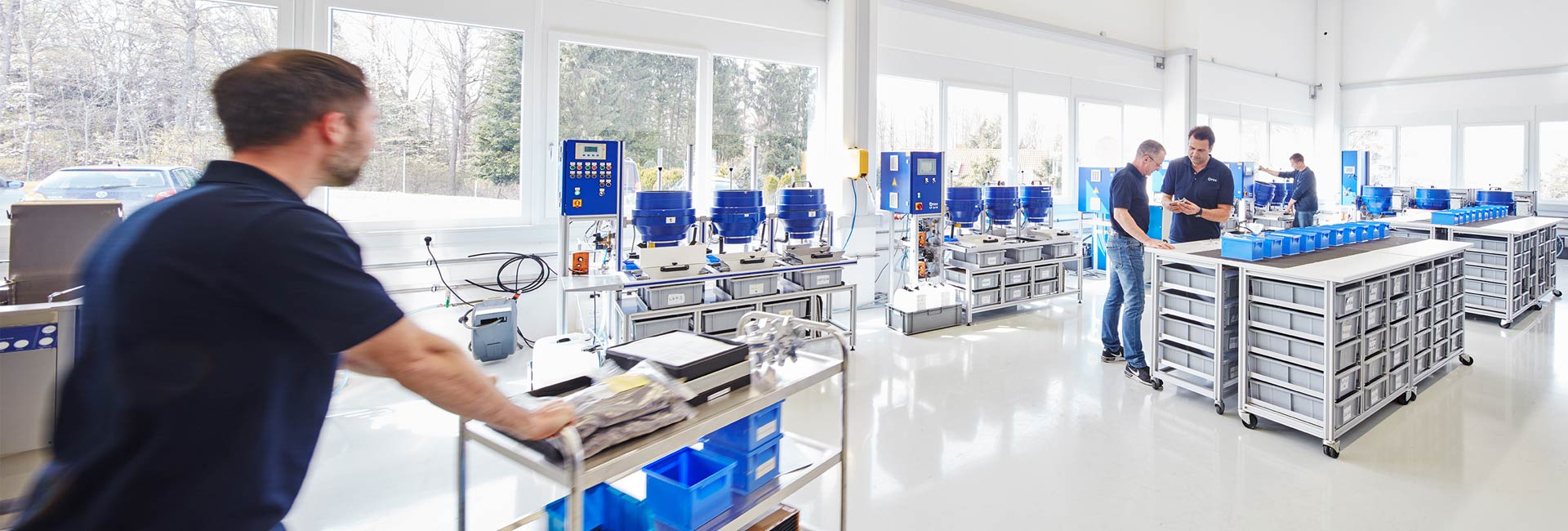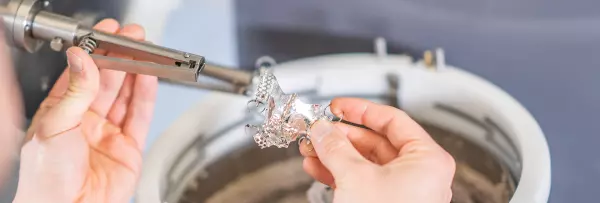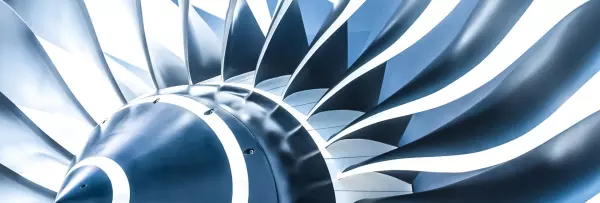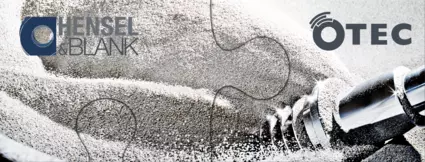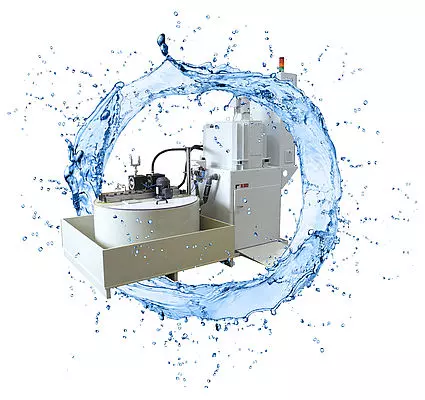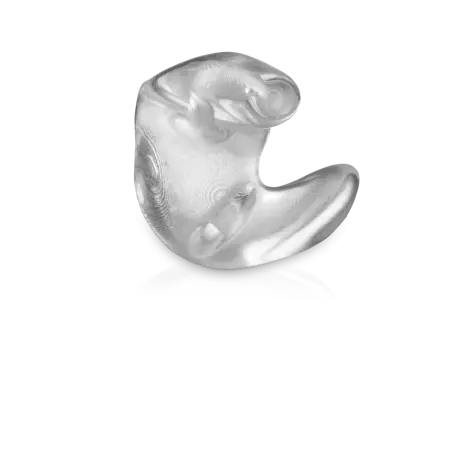
Fly-by-wire is a signal transmission technology for the flight control of aircraft. Control commands from the pilot are evaluated and processed by the flight control computer and passed on to actuators as electrical signals. These convert the electrical signals into mechanical movement. An example of such actuators are servo valves that hydraulically operate ailerons, rudder and other control surfaces. This means that the high forces of large traffic machines can also be safely controlled.
In addition to other components, these servo valves usually consist of a control sleeve and control piston. Throwing a burr and increased friction between the liner and piston mean friction, wear and tear and the risk of failure. Sharp or unevenly rounded edges can also have a negative impact on the flow properties when the valve is open. Identical behavior of the valves in the event of an exchange could therefore only be guaranteed with difficulty. In order to ensure the necessary safety and stable, constant function of the installed servo valves, the critical points are reworked after mechanical production. The precise deburring and smoothing of roughness peaks, as well as the defined rounding of the edges of the control sleeve and piston, not only the Friction in the servo valve is reduced, but the contact area is also increased. The extremely precise processing also enables the implementation of the tightest tolerances, which are of great importance for the tightness of the system. Furthermore, higher switching or stroke frequencies can be used, which significantly increases the control accuracy during operation.
The post-processing of these components is currently still often done manually. In terms of efficiency and process reliability, this approach has significant disadvantages. The human factor plays a major role in manual processing. The processing result is literally in the hands of the processor. Whether the component meets the strict requirements or whether scrap is produced can vary from processor to processor or from day to day. The costs must not be ignored either. Careful manual processing takes a lot of time. Depending on the component size, on average only 3 to 4 components can be finished per person hour.
The tools used in the manual process are sometimes subject to increased wear, which has a negative impact on the properties of the tool and thus the end result of the machining with each pass. Customers from the aerospace industry can fully exploit this optimization potential with the OTEC Streamfinish process. A constant media flow as well as strictly monitored boundary conditions guarantee the highest process reliability and make this application extremely reliable and repeatable. Higher process reliability also results in a significant reduction in the reject rate. The purchase of an OTEC system can pay for itself after just 2 to 3 months. The pulse finishing process used in the stream finishing process achieves a reduction in cycle times of up to 96% compared to manual processing. In the current application with automatic workpiece loading in the SF3 / 3 RLS, a component can be machined every 40 seconds.
The OTEC SF innovation PULSFINISH has been the fastest vibratory finishing process since its introduction in 2013, with average process times of 60 seconds. Due to the process-related use of the smallest grinding media, precise, effective and extremely uniform machining can be achieved even with complex workpieces. An easy-to-automate process paired with maximum process reliability make the OTEC stream finishing systems an economical and process-oriented solution.



